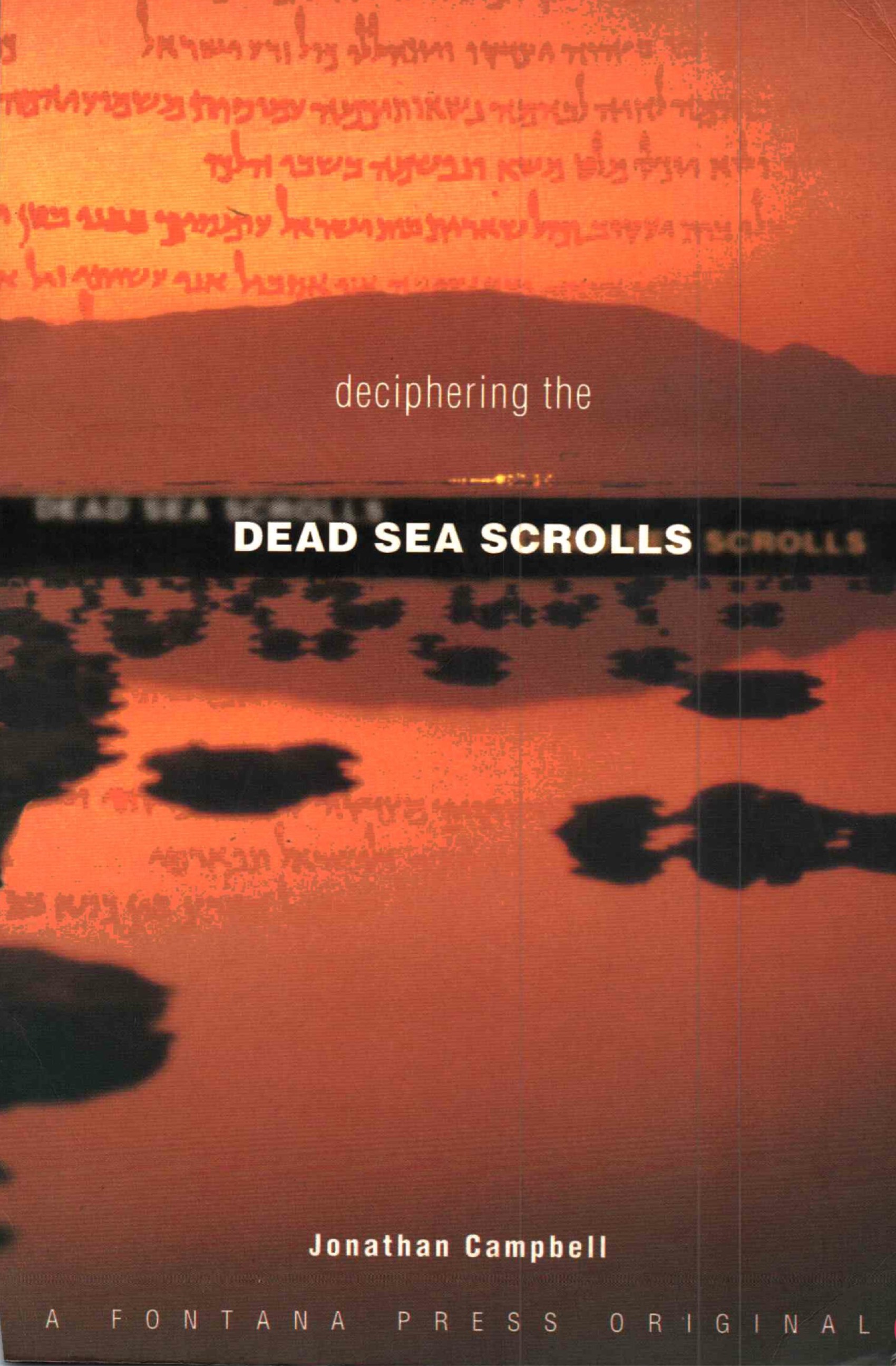DECIPHERING THE DEAD SEA SCROLL
Summary of Deciphering the Dead Sea Scrolls
The book Deciphering the Dead Sea Scrolls by Jonathan Campbell provides an in-depth analysis of one of the most significant archaeological discoveries of the 20th century—the Dead Sea Scrolls (DSS). The scrolls, ancient Jewish manuscripts written in Hebrew, Aramaic, and Greek, were found between 1947 and 1956 in caves around Khirbet Qumran, near the Dead Sea. The book explores the discovery, contents, and implications of the scrolls for biblical studies, Judaism, and early Christianity.
Key Themes and Findings
1. Discovery and Archaeological Significance
• The Dead Sea Scrolls were discovered by chance by Bedouin shepherds in 1947, followed by systematic excavations.
• The scrolls date back approximately 2,000 years, with origins between the last two centuries BCE and the first century CE.
• The DSS have been described as the most important
archaeological find of the 20th century.
2. Contents and Classification of the Scrolls
• The scrolls contain biblical texts, sectarian writings, and previously unknown Jewish religious literature.
• Many scrolls offer the oldest known copies of books from the Hebrew Bible, including nearly complete versions of Isaiah.
• Non-biblical texts describe laws, commentaries, and religious practices of a Jewish sect, likely the Essenes.
3. Impact on Biblical Studies
• The scrolls provide critical insights into the textual variations of the Bible before the fixed Masoretic text.
• Some texts align closely with the Septuagint, suggesting diverse scriptural traditions in ancient Judaism.
• The scrolls challenge assumptions about the canonization of the Hebrew Bible.
4. Connection to Judaism and Early Christianity
• The sectarian writings reveal a religious group with apocalyptic beliefs, strict legal codes, and an expectation of a messianic figure.
• Scholars debate the influence of these texts on early Christianity, as some concepts parallel teachings in the New Testament.
5. Controversies and Conspiracies
• Access to the scrolls was restricted for decades, leading to allegations of scholarly control and suppression of information.
• Sensationalist theories claim hidden secrets about Jesus or suppressed knowledge, but most scholars dismiss these as unfounded.
• The full publication of the scrolls in the 1990s helped resolve some of these disputes.
Conclusion
Campbell’s book offers a scholarly yet accessible guide to the Dead Sea Scrolls, highlighting their significance for understanding Jewish history, biblical texts, and the religious landscape of Second Temple Judaism. The DSS remain a crucial resource for historians and theologians studying the origins of both Judaism and Christianity.
